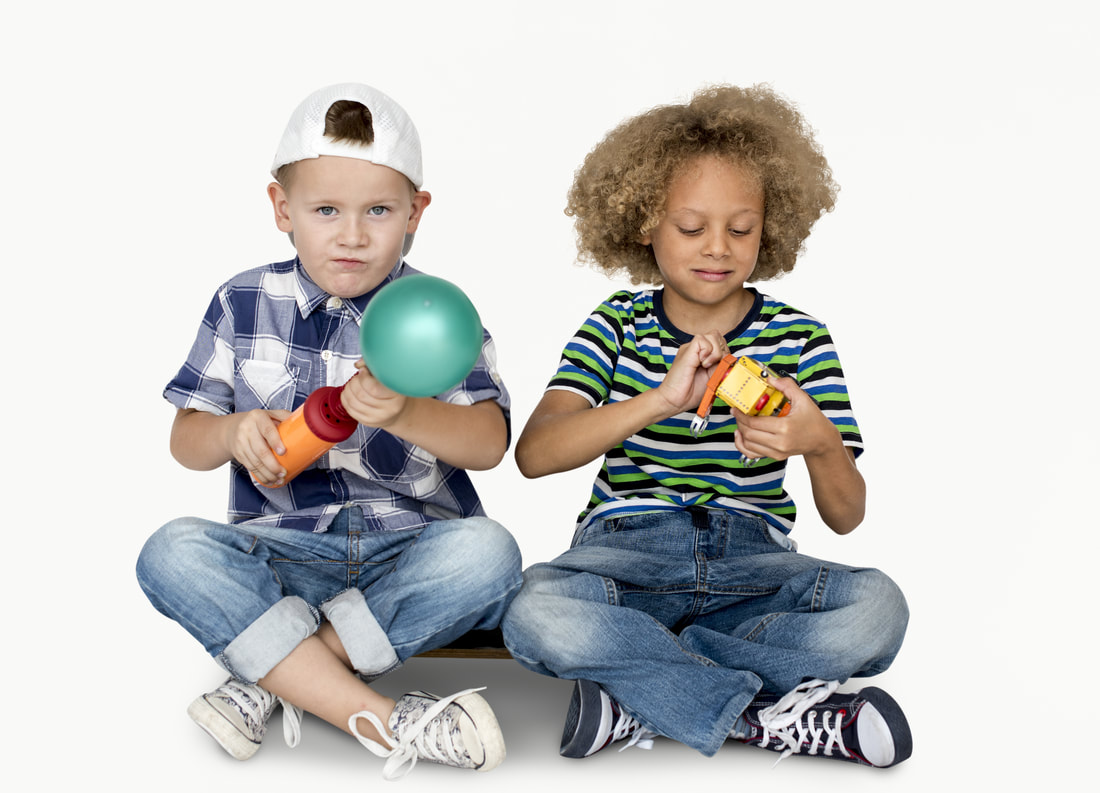Cultural Awareness and Literature |
Page 5 |
Language is very closely tied to culture and literature stems from language, even in its most basic form.
The oral stories that have been passed down through generations via campfire stories and songs are often expanded upon to become modern works of literature. Mildred D. Taylor found her spark of inspiration from her family’s experiences in the South. Her father often told her tales from his childhood that encouraged all of her books. Whether the stories passed down to her were true or not is unknown by the readers of her books, however, it doesn’t make them any less “real.”
Literature allows a reader to become fully immersed while making predictions, assumptions, and asking questions. This is one of the reasons it is a fantastic vehicle for teaching cultural awareness. There is no embarrassment, no shame, and no opportunity for someone’s feelings to get hurt. The reader goes through the journey with the characters and experiences the same things from an intimate yet outside perspective. A book is a perfect window to learn about a new culture that may challenge an established worldview.
Understanding Worldview
A worldview consists of assumptions, prejudices, and interpretations of the world based upon cultural and community information. A person’s worldview is closely tied to their culture which is usually a result of their family or community (or both). While it is not possible to experience each person’s worldview as they can be vast and very different, it is important to have the ability to respect and empathize with another’s worldview.
Stereotypes are negative and often very false interpretations of cultural elements.
These may circulate and perpetuate based upon rumor and innuendo. They may exist from decades of societal abuse and prejudice and should never be allowed in a child care center. Children, unfortunately, use and believe many stereotypes due to the influence of their parents and peers. In a perfect world, children would only absorb positive information from the adults in their lives but this is far from the case. Parents, older siblings, and even teachers can influence the perpetuation of stereotypes, often unknowingly.
|
Generalizations are similar to stereotypes in that they are usually negative in nature.
They are different, though, because they take one trait or characteristic and apply it to an entire group. Often this has little to do with culture or community and instead is completely unrelated based on an interaction or information about one or two members of a certain culture.
|





